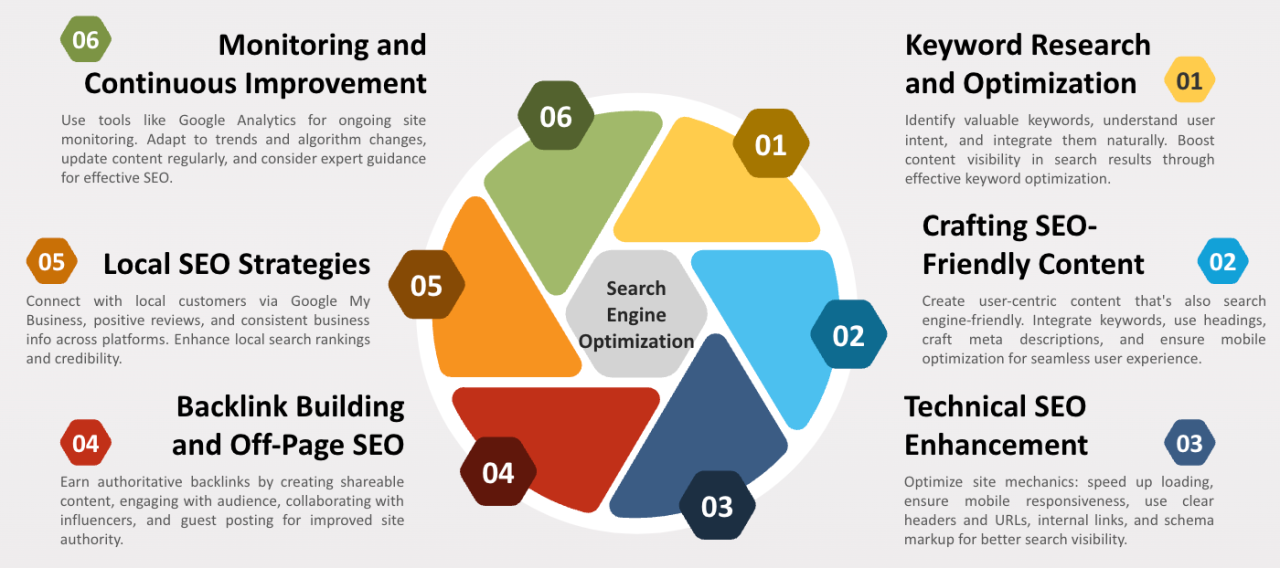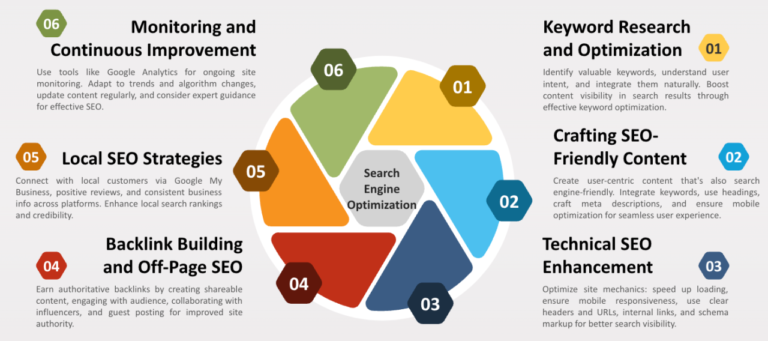Introduction
In today’s digital landscape, enhancing user experience is paramount for online businesses. It not only ensures customer satisfaction but also plays a crucial role in improving search engine rankings. One of the key strategies for achieving this is through the effective use of SEO tools and techniques. In this article, Seogroupbuy will explore how SEO tools can be harnessed to create a better user experience on Google and boost your website’s visibility in search results.

I. Understanding SEO and User Experience
To kick things off, let’s clarify the concepts of SEO and user experience.
Search Engine Optimization (SEO) is a set of strategies and techniques aimed at improving a website’s visibility on search engines like Google. It involves various elements, including keyword optimization, content quality, backlink building, and technical aspects such as website speed and mobile-friendliness.
User Experience (UX), on the other hand, focuses on the overall satisfaction of website visitors. It encompasses factors like website design, navigation, load times, and content relevance. A good user experience not only keeps visitors engaged but also encourages them to stay longer and take desired actions, such as making a purchase or subscribing to a newsletter.
II. The Role of SEO in User Experience
-
Keywords and Content
Keywords are the foundation of SEO. Using relevant keywords in your content helps Google understand what your website is about and who it should be shown to. But this isn’t just about ranking higher; it’s also about delivering the right content to the right people.
To enhance user experience, research and incorporate long-tail keywords into your content. These are more specific and can provide users with precisely what they are looking for. For instance, if you have a gardening website, targeting “organic vegetable gardening tips” rather than just “gardening” can attract a more relevant audience.
-
Content Quality and Relevance
High-quality content is a must for both SEO and user experience. Google rewards websites that provide valuable and informative content. Create content that addresses your audience’s needs and questions, and ensure it’s well-structured and easy to read.
Additionally, make sure your content remains up-to-date. Outdated information can frustrate users and lead to high bounce rates. Regularly updating and optimizing your content can keep visitors engaged and coming back for more.
-
Page Load Speed
Page load speed is a critical factor in user experience and SEO. Google considers page speed when ranking websites, and users tend to abandon sites that take too long to load. Use SEO tools to assess your website’s speed and identify areas for improvement. Compress images, enable browser caching, and minimize code to enhance page load times, providing a smoother experience for users.
-
Mobile Optimization
As more users access websites on mobile devices, mobile optimization has become a crucial aspect of both SEO and user experience. Google uses mobile-first indexing, which means it primarily considers the mobile version of your site for ranking. Ensure your website is responsive and displays well on various mobile devices.
III. Utilizing SEO Tools for Enhanced User Experience on Google
-
Keyword Research Tools
Keyword research is the foundation of SEO and user-focused content. Utilize tools like Google Keyword Planner, SEMrush, or Ahrefs to identify relevant keywords and phrases. These tools can help you understand search volume, competition, and user intent, allowing you to create content that resonates with your target audience.
-
Content Analysis Tools
Tools like Yoast SEO and Grammarly can help you analyze and improve the readability and overall quality of your content. They provide suggestions for enhancing user experience by making your content more engaging and easier to understand.
-
Page Speed Testing Tools
Google’s PageSpeed Insights and GTmetrix are valuable tools for assessing your website’s speed. They offer recommendations for improving load times and ensuring a better user experience.
-
Mobile-Friendly Testing Tools
Google’s Mobile-Friendly Test can determine whether your website is mobile-ready. It provides insights into issues that may hinder user experience on mobile devices and suggests solutions.
-
Analytics Tools
Google Analytics and Google Search Console offer valuable data on user behavior, such as bounce rates, session duration, and user demographics. By analyzing this data, you can identify areas where users may be experiencing issues and make necessary improvements.
Group Buy SEO Tools provides many SEO tools that support Off Page and On Page with cheap prices, reputation, and quality. With a complete combo of 100 SEO tools for only $10/month
IV. Measuring and Monitoring User Experience
Improving user experience is an ongoing process. SEO tools can help you measure and monitor your progress. Here are some key performance indicators (KPIs) to consider:
- Bounce Rate: A high bounce rate indicates that users are leaving your site quickly, possibly due to a poor user experience. Use analytics tools to identify pages with high bounce rates and make necessary improvements.
- Click-Through Rate (CTR): A high CTR in Google search results suggests that your title and meta description are compelling and relevant to users. Continuously optimize these elements to improve CTR.
- Conversion Rate: Measure the percentage of visitors who take desired actions, such as making a purchase or filling out a contact form. A low conversion rate may indicate issues with the user experience on conversion pages.
- Mobile Performance: Monitor how your website performs on mobile devices, including mobile traffic, load times, and mobile-specific issues. Use mobile-friendly testing tools to ensure a smooth experience.
- Page Speed: Regularly check your website’s speed and make improvements as needed to keep users engaged.
V. Conclusion
Enhancing user experience with SEO tools and techniques is not only about climbing the Google rankings but also about providing value to your audience. By optimizing your website for both search engines and users, you create a win-win situation: Google rewards you with higher rankings, and users reward you with their engagement and loyalty.
Remember that SEO is not a one-time effort but an ongoing process. Regularly use SEO tools to assess your website’s performance, gather user feedback, and adapt to evolving user preferences. By continually improving the user experience, you can maintain and even grow your online presence on Google, ultimately benefiting both your audience and your business.


